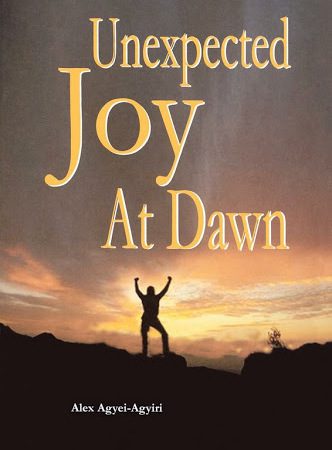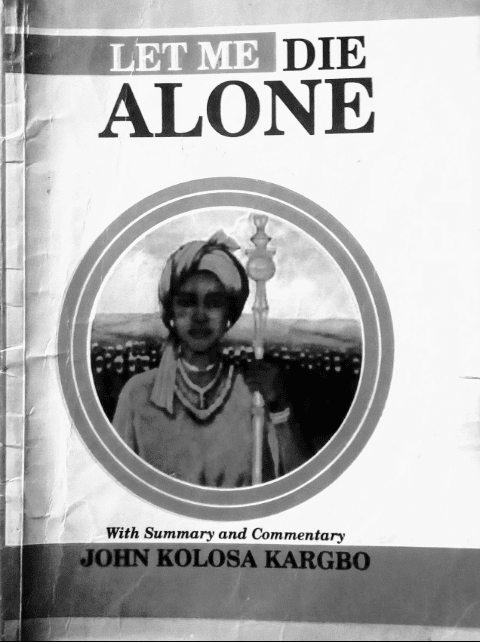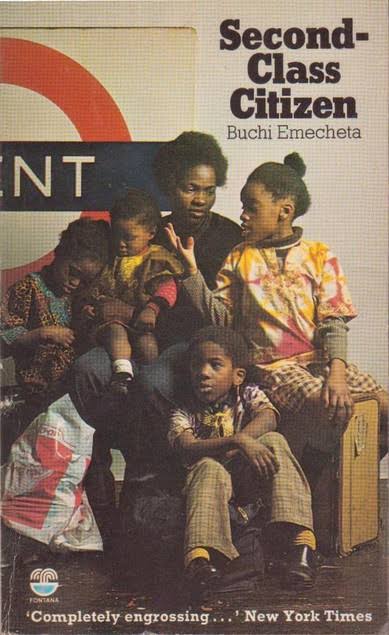“The Good Morrow” by John Donne is a 21-line lyric poem divided into three stanzas. In the first stanza, the poet awakens with his beloved and expresses that their true lives began with their love. He dismisses past pleasures and conquests as mere fantasies and, rather, elevates their current love as all that matters now.
In the second stanza, the poet celebrates their constant and self-sufficient love., contrasting it with the external world they’ve abandoned. The lovers are described as complete worlds in themselves. This echoes the Renaissance concepts of microcosm and macrocosm.
Read: Q & A: Discuss John Donne’s “The Good Morrow” as a metaphysical poem
The third stanza delves deeper into their intimate connection. It portrays the reflection of each other in their eyes and the idea of “two better hemispheres.” Their love is portrayed as spiritual, immune to earthly changes.

Donne’s innovative style includes direct, dramatic language, colloquialism, and paradoxical imagery. He uses strong and weak stresses to emphasise thematic contrasts, as seen in the dismissal of sea-discoverers and the lovers’ possession of their world. The poem’s structure reflects the harmony of the lovers’ relationship and the idea of their perfect union.
Read: Poem: THE GOOD-MORROW by John Donne
Figures of Speech
There are a number of figures of speech used in “The Good Morrow,” some of which are referenced below:
Rhetorical Question
The poet employs rhetorical questions in a number of places in the poem. Let’s take a look at them.
Lines 1-4 I wonder, by my troth, what thou and I Did, till we loved? were we not weaned till then, But sucked on country pleasures, childishly? Or snorted we in the seven sleepers' den? Lines 17-18 Where can we find two better hemispheres, Without sharp North, without declining West?
Metaphor
There is an instance of metaphor in line 8 of the poem:
And now good morrow to our waking souls,
This line uses “waking souls” as a metaphor to describe the lovers’ newfound awareness and spiritual awakening in their love. The poet uses metaphor again in line 13, “Worlds on worlds have shown,” to compare the sexual exploration of the bodies of the lovers to the adventures in the physical world.

Alliteration
wonder . . . what (l. 1) we loved? were we not weaned (l. 2) seven sleepers' (l. 4)
Personification
There is the use of personification in line 10 of the poem: “For love all love of other sights controls.” Love is personified here, as it is described as having the ability to control the lovers’ perception of other sights.
Hyperbole
“Let maps to others, worlds to worlds have shown” is a hyperbolic expression that highlights the idea that the lovers possess their own world and that no external discoveries can compare to the world they’ve created together.
Paradox
There is an instance of paradox in “Let us possess one world; each hath one, and is one.” The paradox here lies in the idea that each lover possesses their own world, yet they are also one. The paradoxical expression emphasises the unity of their love.
Allusion
seven sleepers' den (l. 4)
Line 4 of the poem alludes to a historical event or legend believed to have taken place around 250 AD when Emperor Decius sealed seven Christian girls in a cave. The girls slept in the cave for 200 years but did not die.
Themes
John Donne’s “The Good Morrow” explores various contrasting themes, such as the dichotomy between physical lust and true love, the transition from a profligate past to a spiritual awakening in the present, and the distinction between earthly and spiritual worlds.
The theme of sight is significant in the poem. It is portrayed in two opposing forms: the wandering, lustful gaze of the libertine in contrast to the steady, unwavering gaze of mature and genuine love. This theme is introduced in the sixth line of the first stanza, where the poet reflects on his past desire for attractive women. The triumphant beginning of the second stanza emphasises that the poet and his beloved do not need to watch each other out of fear, as their true love supersedes all other interests in the outside world, effectively turning their shared space into an all-encompassing universe. In the third stanza, their gaze into each other’s eyes is so focused that they see each other’s reflections. This echoes their trust and openness in their love.
“The Good Morrow” also delves into the theme of awakening. The lovers’ lives before they met are described as a state of slumber and dreams. Their previous pursuits and desires are labelled as mere fantasies. Other women and men are considered illusions in comparison to the one they truly love. The imagery sets the stage for the joyful greeting that marks their awakening into mature love: “And now good-morrow to our waking souls.”
The theme of earthly versus spiritual worlds is another key theme in “The Good Morrow.” In Donne’s time, the notion of sea-discoverers and map readers exploring new worlds was relevant. ‘New continents’ were being discovered. This theme could also be interpreted as a reference to sexual adventurers. Regardless, the poem makes a clear distinction between the thrilling but inconsistent world pursued by explorers and the self-sufficient universe of the lovers’ genuine love, which can transform their small room into an all-encompassing reality. Their love is depicted as perfect and immune to the fluctuations of earthly existence, characterized by its equal and spiritual nature, which renders it everlasting.
 WHATSAPP: Click HERE to join the new Literature PADI WhatsApp group to receive latest updates on your phone and for further literary discussions!
WHATSAPP: Click HERE to join the new Literature PADI WhatsApp group to receive latest updates on your phone and for further literary discussions!











Not too long I got across your site on literary analysis very elaburate and made easy for me as parent for onward explaination to my wards who are offering Lit in English, at the same it had added to feeling and perception about philosophy of life.
Thanks for your feedback, sir. We will continue to give our best.
Comments are closed.